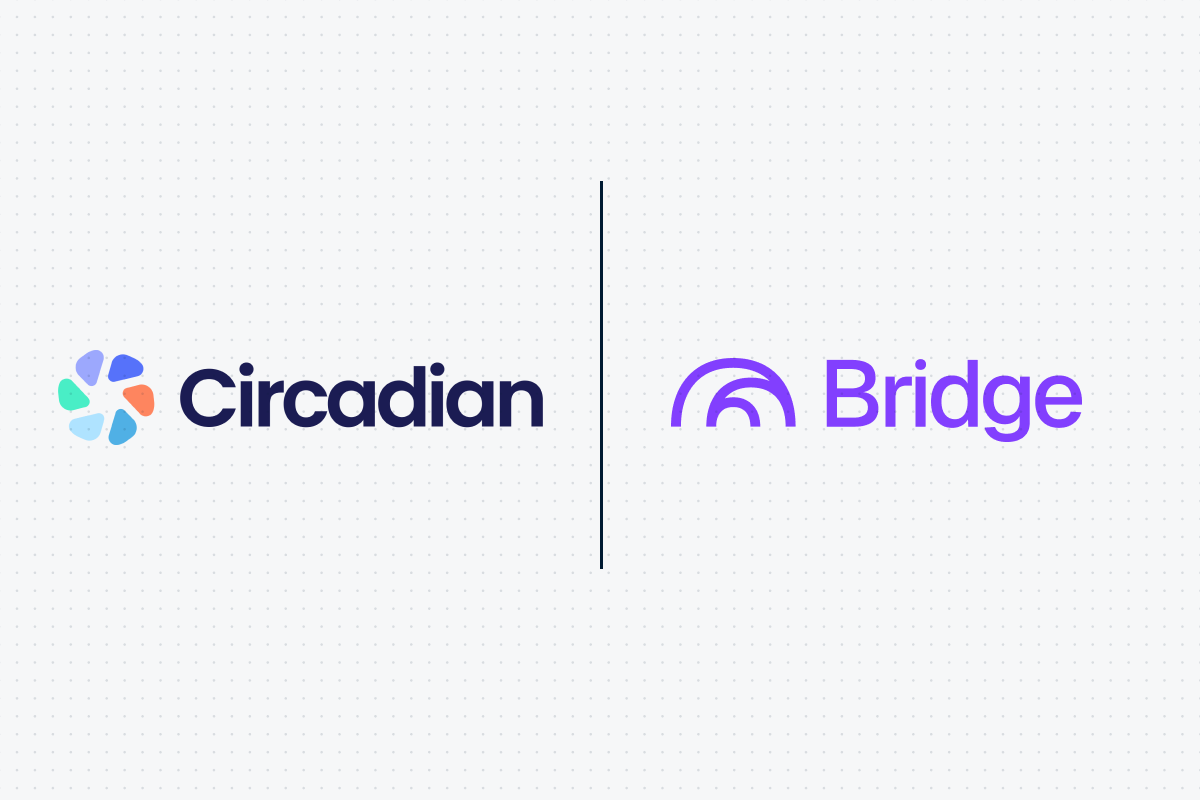Blog
The Privilege of Focus: Why Telehealth Companies Now Get to Do One Thing Exceptionally Well
Bridge turned the hardest part of telehealth—insurance infrastructure—into invisible infrastructure. The result: companies move faster, scale wider, and focus on care.

There are two eras of telehealth companies in America.
Pre-Bridge companies had to master three completely different disciplines to succeed. They had to 1) build innovative care models, 2) construct the byzantine infrastructure needed to get paid by insurance, and 3) master the art of acquiring patients and turn them into lifetime customers. Clinical excellence and payment operations. Care delivery and instagram ads. Innovation and administration.
Post-Bridge companies get to master one thing: delivering exceptional care.
That's the shift Bridge created.
The hidden cost of doing three jobs
Building a telehealth company has always meant doing something incredibly hard—reimagining how care gets delivered. You're creating new clinical workflows, hiring specialized teams, developing protocols that maintain quality at scale, and proving clinical outcomes that matter.
This alone is a monumental undertaking. It's what you're uniquely positioned to do.
But for years, that wasn't enough. To actually run that care model, pre-Bridge companies also had to become experts at navigating the labyrinth of insurance infrastructure. Credentialing providers in 50 states. Negotiating contracts with hundreds of payers. Building eligibility verification systems. Standing up revenue cycle management operations. Maintaining audit-ready compliance.
But there was a third job, equally demanding: patient acquisition. Without the ability to take insurance at scale, pre-Bridge companies couldn't partner with insurers as channel partners to access patients who were already covered. Instead, they had to function like direct-to-consumer marketing companies—building brand awareness, running performance marketing campaigns, optimizing conversion funnels, mastering social media advertising. They were competing in the expensive, crowded world of paid acquisition against every other consumer brand.
Three full-time jobs. Three different types of expertise. Three enormous capital investments.
Here's the thing: only one of those jobs makes you better at delivering care.
When infrastructure becomes invisible
Every transformative infrastructure platform in tech follows the same pattern: it takes something complex and universal and makes it invisible, so companies can focus on what makes them unique.
Before AWS, every software company needed data center expertise. Before Stripe, every e-commerce company needed payment processing expertise.
For telehealth, that infrastructure is payment operations. Every company needs the same foundational capabilities—credentialing, contracting, eligibility, claims, compliance. It's complex, highly regulated, constantly evolving, and has nothing to do with whether your clinical model actually works.
But here's what makes it even harder— these functions need to work together. Credentialing status affects contracting timelines. Eligibility data informs claims submissions. Compliance issues cascade across the entire revenue cycle. Most companies end up with point solutions that don't talk to each other, forcing operations teams to become the connective tissue.
Bridge, as one unified platform across all these functions, exists because you shouldn't have to build this. You should get to focus on care.
What it means to be post-Bridge
Post-Bridge companies have a fundamentally different calculus. They don't have to build insurance infrastructure from scratch. They get to be experts at the one thing they set out to do: deliver better care to more people as Bridge enables faster geographic coverage (and insurance coverage increases conversion).
This isn't about outsourcing something you're bad at. It's about not having to become good at something that doesn't differentiate you.
The privilege of the post-Bridge era is the privilege of focus:
Operate from a single platform, not a dozen point solutions. One system for credentialing, eligibility, claims, and compliance means your data flows automatically, your operations team isn't manually reconciling systems, and your engineering team isn't building integrations between multiple vendors.
Invest in clinical excellence, not administrative overhead. Your capital goes toward improving care delivery, not building credentialing systems.
Move at the speed of your innovation. Go national in weeks instead of years. Launch new service lines without 12-month credentialing delays.
Compete on what actually matters. When payment infrastructure is democratized, you compete on clinical outcomes and patient experience—the things you're building the company to be great at. And you become the kind of partner health plans actually want to work with.
Access patients through their benefits, not through ads. When health plans can easily add you to their networks, they become distribution partners who send you patients who are already insured and eligible for your services. You're no longer bidding against e-commerce brands for Instagram impressions.
Focus is your competitive advantage
Successful startups are defined by what they choose not to do as much as what they choose to do. The best companies do the fewest things exceptionally well.
Circadian Health is a perfect example. They're building a differentiated cardiometabolic care model with 93% patient satisfaction and significant clinical outcomes. They didn't spend two years building insurance infrastructure. They spent that time perfecting their care delivery and partnered with Bridge to expand geographic reach. That's what being post-Bridge looks like.
The companies that will win in telehealth aren't the ones who built the best credentialing systems. They're the ones who built the best care models, proved the best outcomes, and created the best patient experiences.
Post-Bridge companies get to focus all of their energy on being those companies.
The best version of your company
You still have to build something incredibly hard. Creating a differentiated care model that proves better outcomes at scale is one of the most challenging things a company can do. But now, that's the only incredibly hard thing you have to do.
You get to be exceptional at one thing, not mediocre at two things.
You get to focus.
That's the privilege. That's the post-Bridge era.
Bridge is the unified operating and data platform for telehealth revenue. We handle credentialing, contracting, eligibility, claims, and compliance—not as disconnected point solutions, but as one integrated platform that your operations team can actually use. So you can focus on delivering exceptional care, and your ops team can focus on supporting it.
Connect with us to learn how we help telehealth companies go national in weeks instead of years.
You may also like

Inside the mind of a health plan— what they really care about when contracting for virtual care
If you’re building for patients, you’re missing the point. Telehealth only scales when it’s built for health plans. Here’s what payers actually care about and how the best virtual care companies win their trust.

Circadian and Bridge: Reimagining Specialty Care for Cardiometabolic Health, nationwide
Bridge powers in-the-know telehealth companies that are proving most care is best delivered online, enabling them to efficiently scale high impact, high quality care. This is the first of many deep dives that highlight our exceptional clients, how they work, the impact they have on our nation’s health, and how Bridge unlocks their unprecedented growth.
.png)